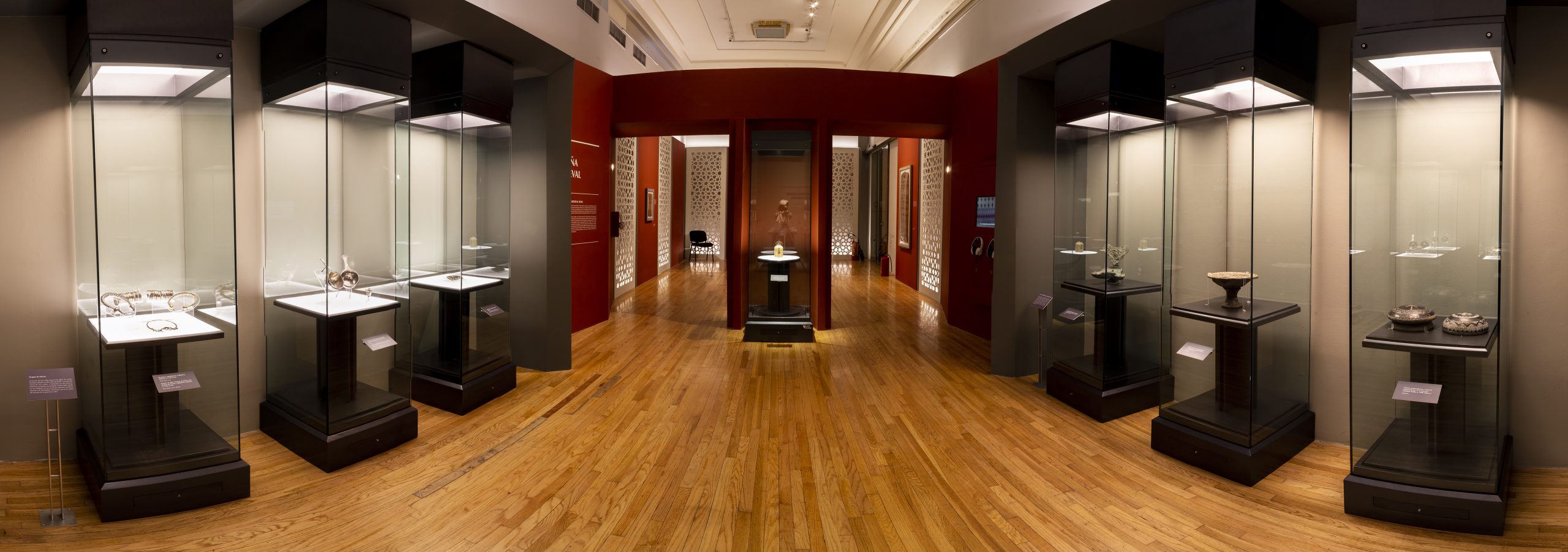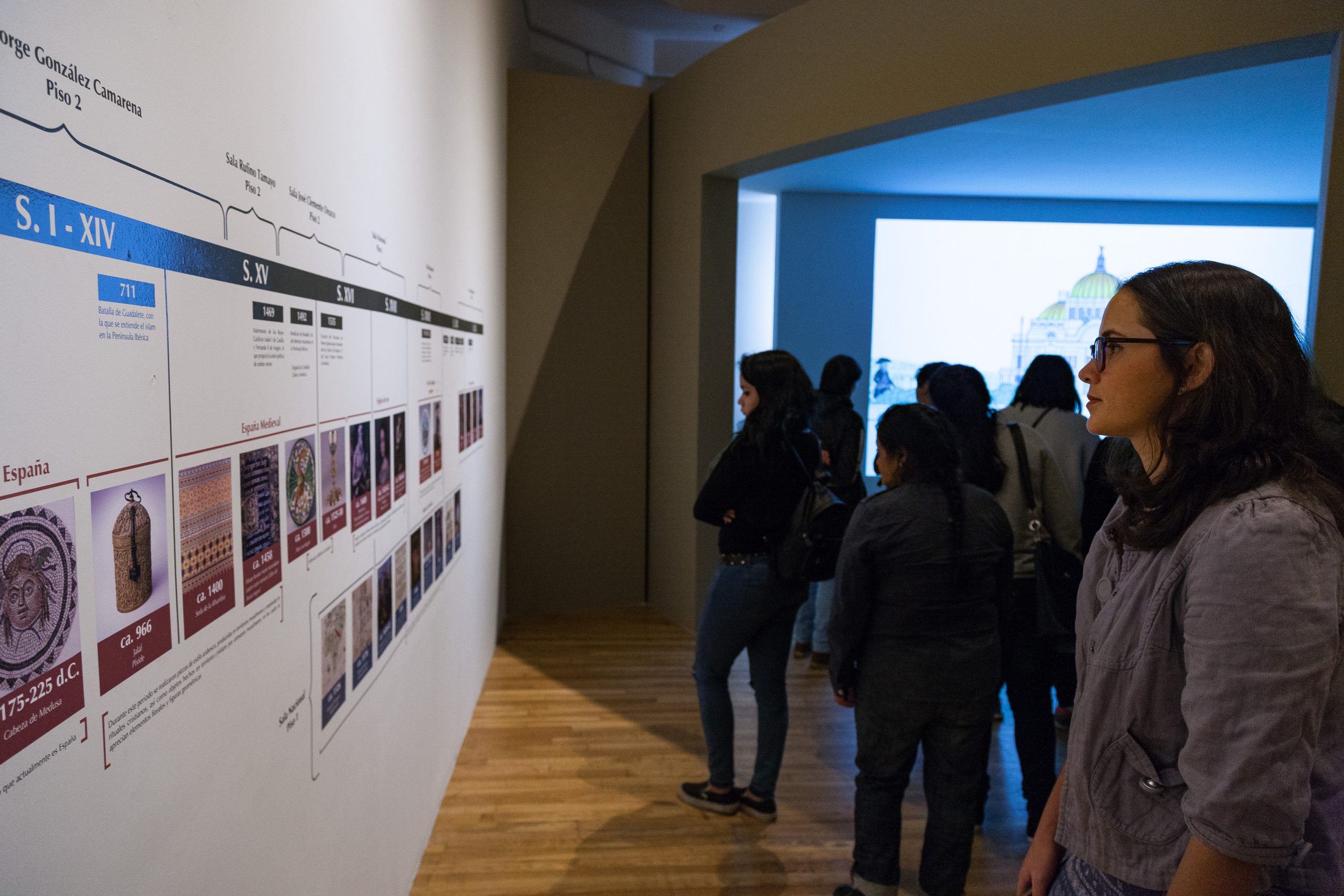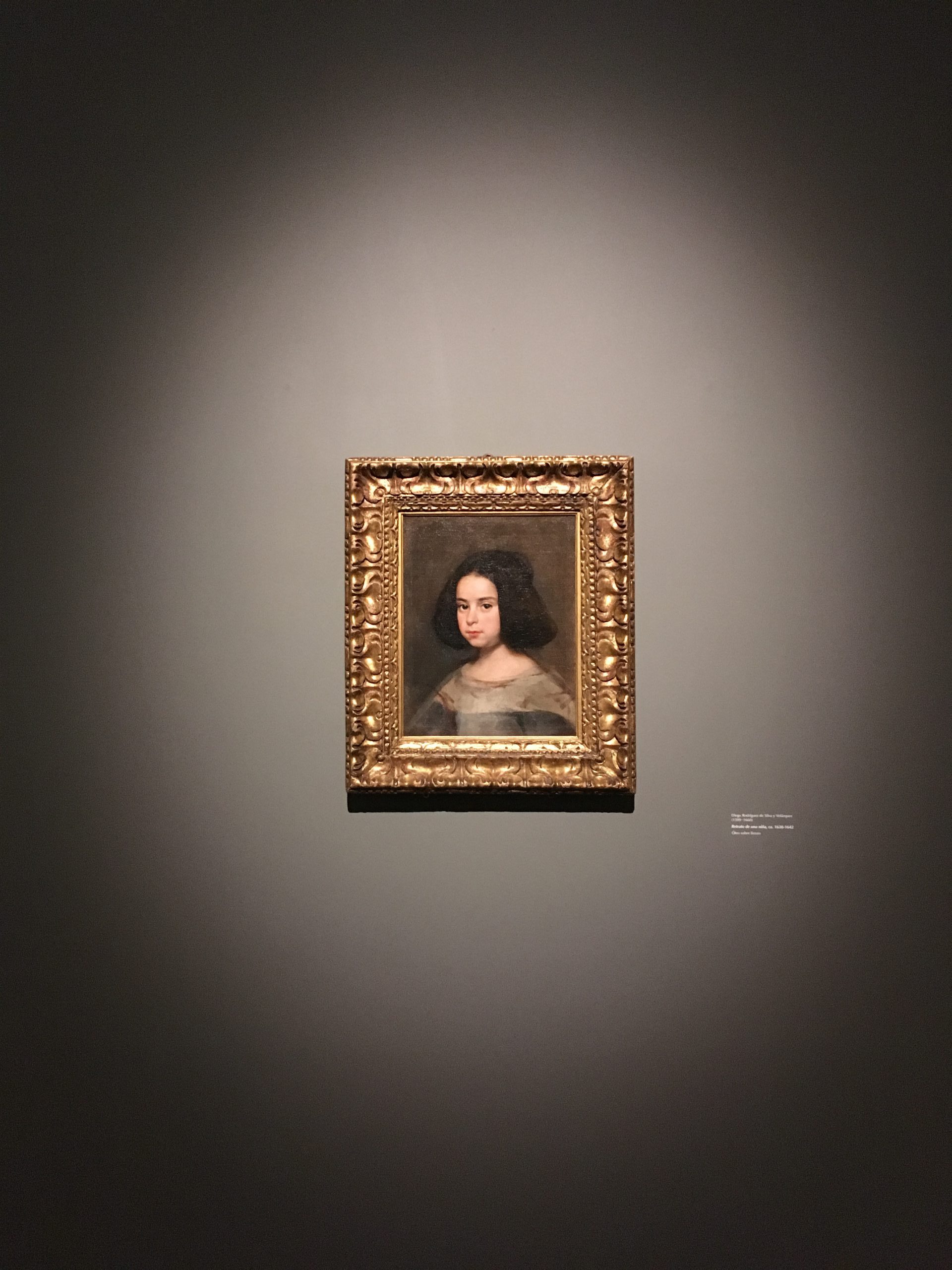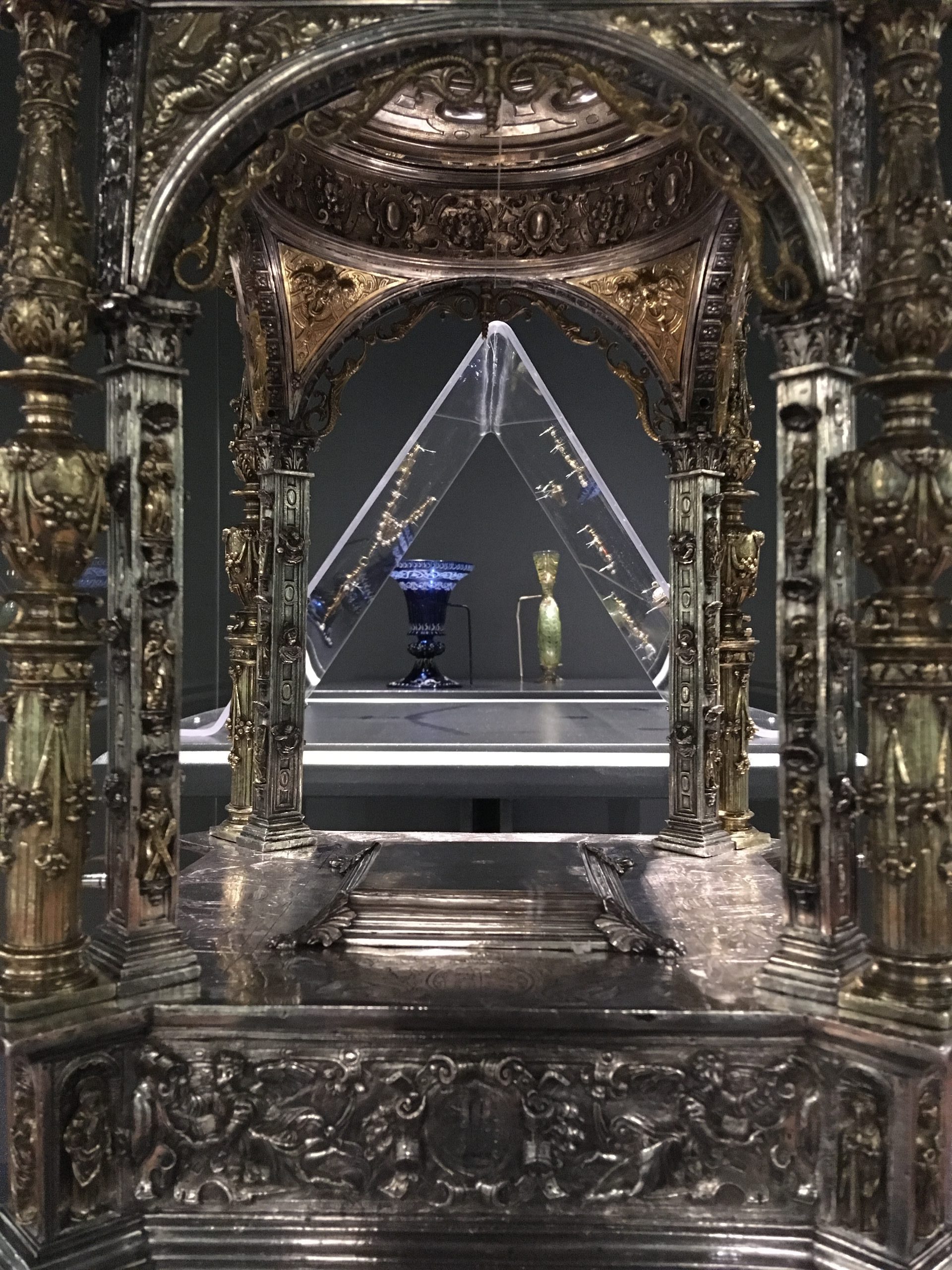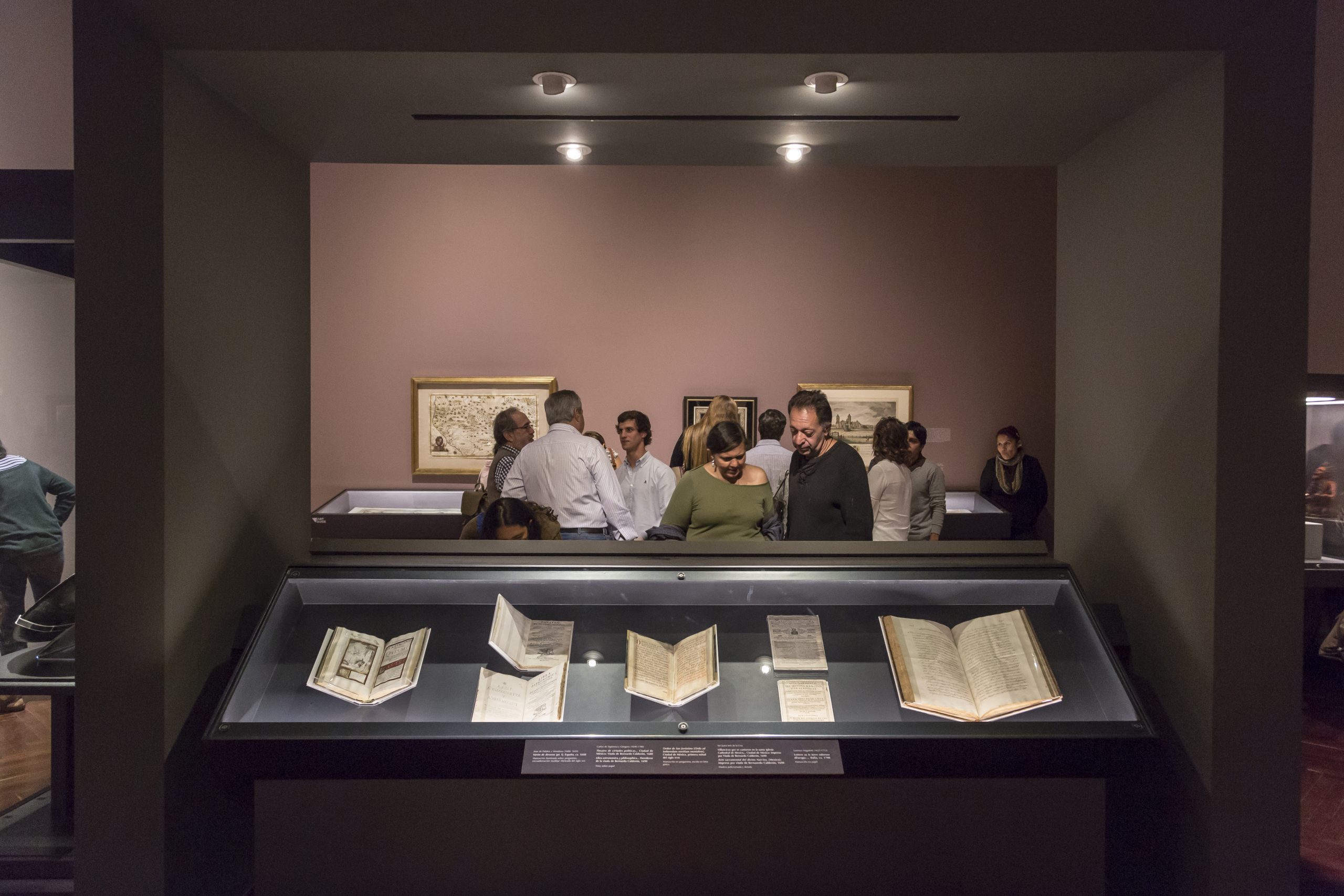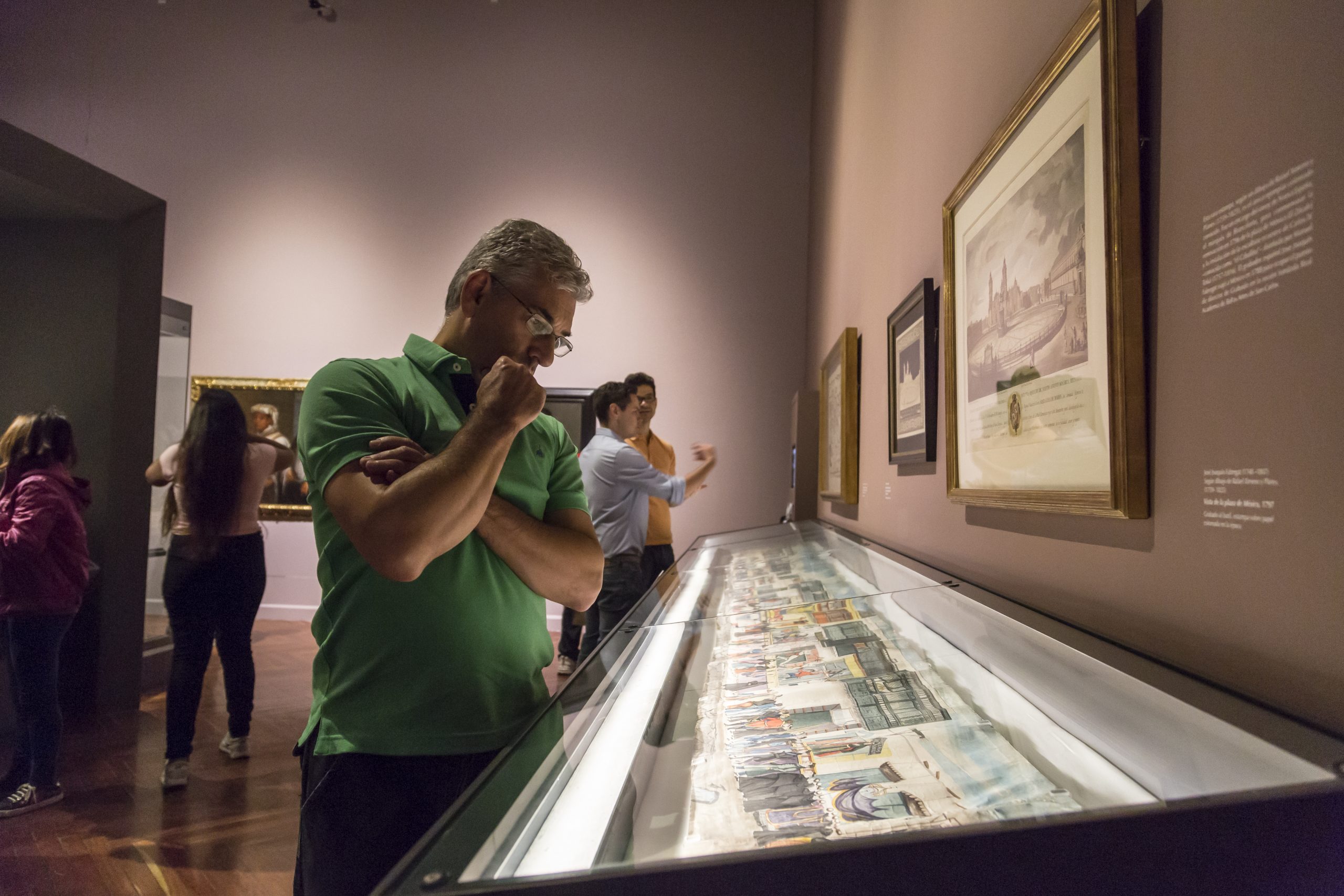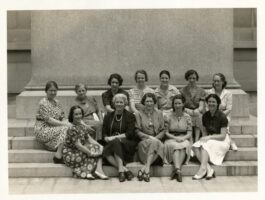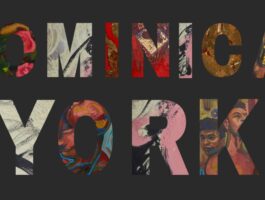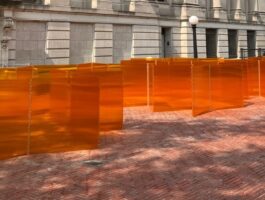Visions of the Hispanic World: Treasures from the Hispanic Society Museum & Library brings together more than 200 works of art including paintings, drawings, Old Master prints, and sculpture; archaeological artifacts, decorative arts, rare 19th-century photographs, and manuscripts from the library, creating a fascinating chronological and thematic experience of the highlights of the collections.
The extraordinary selection of paintings includes masterworks such as Portrait of a Little Girl and Gaspar de Guzmán, Conde-Duque de Olivares by Velázquez, Pietá by El Greco, The Prodigal Son by Murillo, Santa Emerentiana by Zurbarán, and the emblematic Duchess of Alba by Goya, conserved at the Museo Nacional del Prado for this exhibition. Also represented are paintings by post-impressionist and modern artists, such as Zuloaga, Sorolla, Santiago Rusiñol, and Anglada Camarasa. Masterpieces from viceregal and 19th-century Latin America include St. Sebastian (Mexico, ca. 1603-07) by Alonso Vázquez; Saint Michael the Archangel Triumphant over Satan (Mexico, 1630s) by Luis Juárez; St. Michael Striking Down the Rebellious Angels (Mexico, ca. 1640) by Sebastián López de Arteaga; the enconchado painting The Wedding at Cana (Mexico, 1696) by Nicolás Correa; a casta painting (Mexico, ca. 1715) from the earliest known series by Juan Rodríguez Juárez; Doña María Catalina de Urrutia (Puerto Rico, 1788) by José Campeche; and the iconic Young Man from the Coast (Mexico, ca. 1843) by José Agustín Arrieta.
Among the works of sculpture are an exceptional Roman portrait bust of a youth (ca. 138-50 AD); the alabaster Effigy of Mencía Enríquez de Toledo (1498) from the Workshop of Gil de Siloé; polychrome reliquary busts of Saint Martha and Saint Mary Magdalene (ca. 1545) by Juan de Juni; the exceptionally lifelike polychrome bust of St. Acisclus (ca. 1680) by Pedro de Mena; the terracotta group The Mystical Marriage of Saint Catherine (1692-1706) by Luisa Roldán; and from Latin America the polychrome altar panel of Santiago Matamoros (Mexico, ca. 1600), and the phenomenal group of polychrome sculptures The Four Fates of Man (Ecuador, ca. 1775) by Manuel Chili, known as Caspicara.

